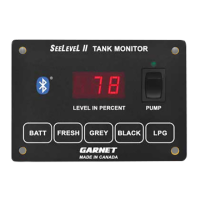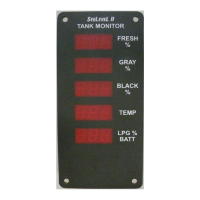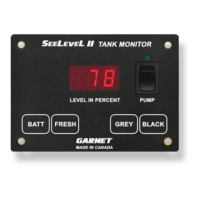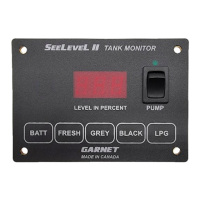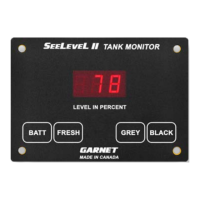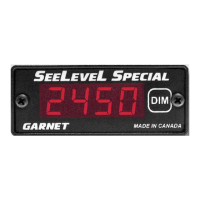What to do if Garnet Measuring Instruments system freezes?
- JJulie WoodAug 17, 2025
If your Garnet Measuring Instruments system freezes or becomes unresponsive, it might be due to static discharge or electrical noise. Try rebooting the system by turning off the 12V power for a few seconds and then turning it back on.
